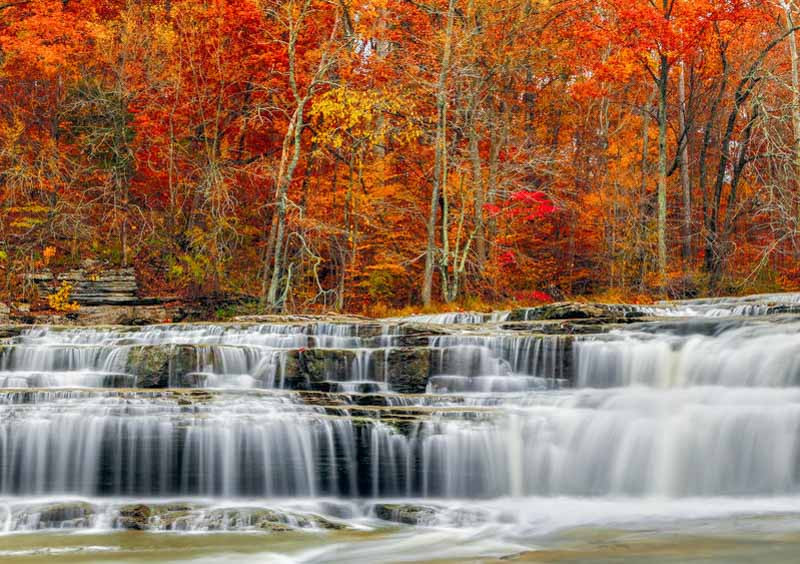Hardiness Zone 5 - The Best Plants to Grow in Your Garden
USDA Hardiness Zone 5 has a temperate climate with average minimum winter temperatures ranging from -20°F to -10°F (-28.9°C to -23.3°C). Gardeners and landscapers in Zone 5 can create thriving landscapes by selecting appropriate plants and employing specific gardening techniques to ensure the success of their gardens.
When choosing plants for Zone 5, it’s essential to select cold-hardy species that can withstand local climate conditions. Native plants, which have evolved to thrive in the region’s conditions, are often ideal choices. Some trees, shrubs, perennials, and annuals suitable for Zone 5 include:
- Trees: Paperbark Maple (Acer griseum), Pink Oak (Quercus palustris), and River Birch (Betula nigra).
- Shrubs: Butterfly Bush (Buddleia spp.), Ninebark (Physocarpus opulifolius), and Hydrangea (Hydrangea spp.).
- Perennials: Black-eyed Susan (Rudbeckia hirta), Russian Sage (Perovskia atriplicifolia), and Peony (Paeonia spp.).
- Annuals: Sweet Alyssum (Lobularia maritima), Impatiens (Impatiens walleriana), and Verbena (Verbena spp.).

